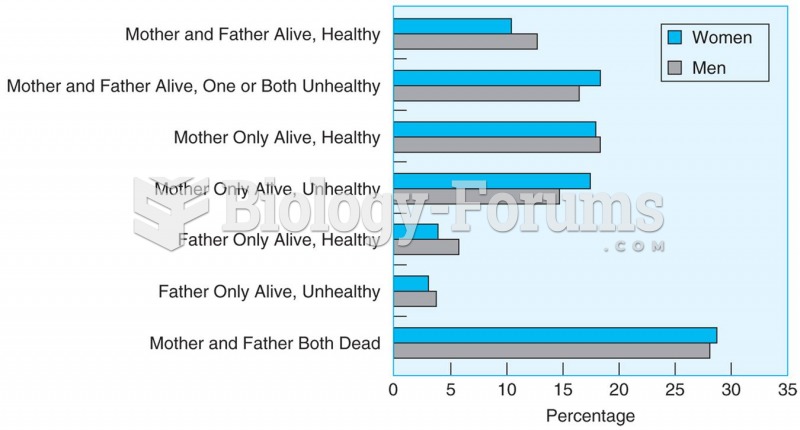Answer to Question 1
Iran is the most eastern of Middle Eastern nations. It spans a region between the warm Persian Gulf and the cold Caspian Sea, encompassing several agricultural climates suited to a wide variety of fruits and vegetables. Its dominance of the Middle East, parts of the Balkans, and areas of India during the Persian Empire dispersed indigenous products such as spinach, pomegranates, and saffron throughout the region. Later trade routes between China and Syria (the Silk Road) and between India and Africa crossed through Iran, introducing rice, tea, eggplants, citrus fruits, tamarind, and garam masala (the spice blend used in curried dishes) from these eastern cuisines. Though the cooking of Iran, usually called Persian cuisine, is very similar to other Middle Eastern foods, it is famous for its sophisticated rice dishes and its use of fruits for flavoring. The national dish is chelo kebab, which is thinly sliced pieces of marinated, charcoal-grilled lamb served over rice seasoned with butter, egg yolks, saffron, and sumac. Soups and sauces are given a sweet and sour taste by combining different ripe and unripe fruits, such as oranges, barberries, cherries, dates, grapes, plums, pomegranates, quinces, and raisins with astringent seasonings, including lemon juice, vinegar, tamarind, and sumac.
Answer to Question 2
Behavior-modification therapy provides ways to overcome barriers to making dietary changes and increasing physical activity. Behavior-modification therapy does more than help people decide which behaviors to change: it also teaches them how to change. Behavior and attitude are important supporting factors in achieving and maintaining appropriate body weight and composition. Changing the behaviors of overeating and under-exercising that lead to, and perpetuate, obesity requires time and effort. A person must commit to take action.
A person who is aware of all the behaviors that create a problem has a head start on developing a solution. First, the person needs to establish a baseline (a record of present eating and physical activity behaviors) against which to measure future progress. It is best to keep a diary that includes the time and place of meals and snacks, the type and amount of foods eaten, the persons present when food is eaten, and a description of the individual's feelings when eating. The diary should also record physical activities: the kind, the intensity level, the duration, and the person's feelings about them. These entries will help the individual identify possible behaviors to change. Many companies have developed weight-loss applications for smartphones and other mobile devices to help users manage their daily food and physical activity behaviors. Applications include diet analysis tools that can track eating habits, scanning devices that can quickly enter food data, customized activity and meal plans that can be sent to users, and support programs that deliver encouraging messages and helpful tips. Social media sites allow users to upload progress reports and receive texts. Using these applications can help a person become more aware of behaviors that lead to weight gains and losses.
Behavior modification strategies focus on learning desired eating and exercise behaviors and eliminating unwanted behaviors. With so many possible behavior changes, a person can feel overwhelmed. Start with small time-specific goals for each behaviorfor example, I'm going to take a 30-minute walk after dinner every evening instead of I'm going to run a marathon someday.. Practice desired behaviors until they become routine.
A paradox of making a change is that it takes belief in oneself and honoring of oneself to lay the foundation for changing that self. That is, self-acceptance predicts success, while self-loathing predicts failure. Positive self-talk is a concept worth cultivatingmany people succeed because their mental dialogue supports, rather than degrades, their efforts. Negative thoughts (I'm not getting thin anyway, so what is the use of continuing?) should be viewed in light of empirical evidence (my starting weight: 174 pounds; today's weight: 163 pounds).
For many people, overeating and being overweight may have become an integral part of their identity. Changing diet and activity behaviors without attention to a person's self-concept invites failure. Many people overeat to cope with the stresses of life. To break out of that pattern, they must first identify the particular stressors that trigger their urges to overeat. Then, when faced with these situations, they must learn to practice problem-solving skills. When the problems that trigger the urge to overeat are dealt with in alternative ways, people may find that they eat less. The message is that sound emotional health supports the ability to take care of health in all waysincluding nutrition, weight management, and fitness.







